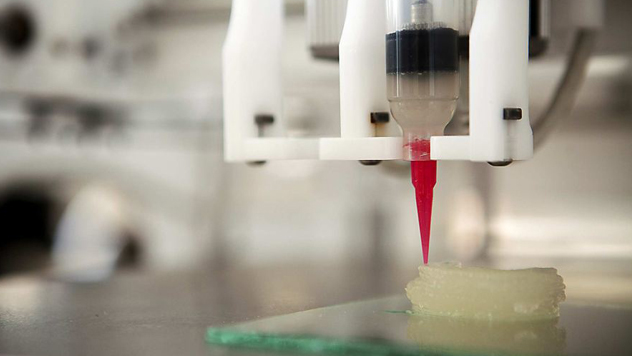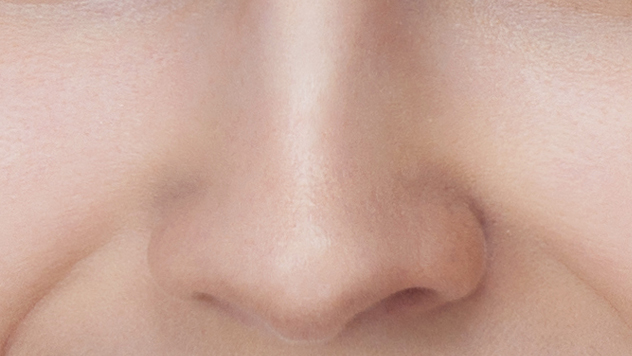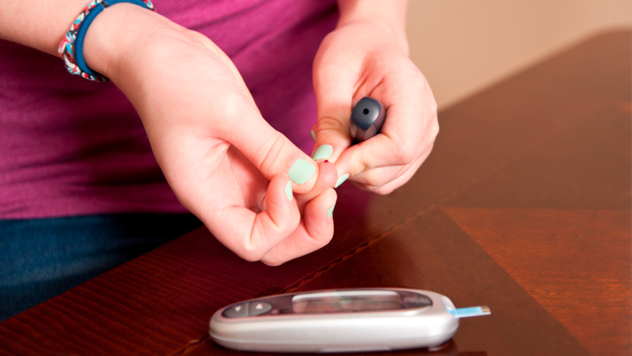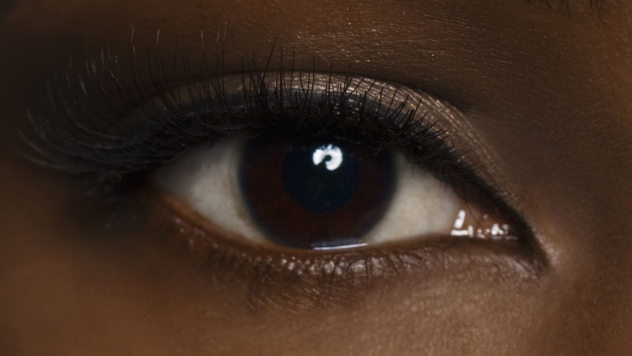5.3D Printed Ears

We've had the technology to artificially restore hearing for decades, but internal implants do nothing for the visible parts of the ear. You'd think those big flaps ("pinnae") on either side of your head would be easy to replicate, since they're just skin and cartilage rather than complex organs. In reality, scientists have never done a good job with fake ears. Traditional replacements look and feel like plastic toys.But researchers this year came up with a new method that makes flexible, realistic ears out of real cells. Those cells come from rats and cows, and they form a collagen gel that can take the shape of any mold. When placed in a mold of a human ear—a mold assembled using a 3-D printer—the gel forms an ear in less than an hour. The artificial ear then just needs a few days growing in nutrients before it's ready to be implanted in a subject. These artificial ears will be a huge benefit to those who suffer injuries or who have microtia, a condition that keeps the ears from ever developing.
4.Noses That Smell Diseases

Scientists may be working hard at making organs that match the body's capabilities, but why stop there?When researchers at the University of Illinois set out to create a device that identifies chemicals by their scent, they didn't settle for the sensitivity of the human nose. Instead, they created an artificial nose that uses the smell of bacteria to identify and diagnose specific diseases.The result doesn't look much like a nose—it's a bottle filled with liquid nutrient that cultivates bacteria. But give the "nose" a blood sample and let it sniff for a few days, and the bottle's dots will change color to indicate what bacteria, if any, it identifies.
3.Artificial Pancreas

The pancreas produce insulin, and if yours don't, you need to inject yourself with the hormone manually. Diabetics are therefore trapped in a stressful routine of continually checking their blood sugar and then shooting insulin whenever the need arises.Artificial pancreas, however, knock insulin into your body automatically. The device looks much like a regular insulin pump, which slips you insulin continuously through your skin, but this one monitors your blood sugar at all times and adjusts itself accordingly. So even when the wearer sleeps, there's no danger of falling into shock if their sugar drops too low. Unlike several items on this list, artificial pancreas aren't still in some early development stage. The device very much exists and got FDA approval for sale this past September.
2.Artificial Eyes

As we pointed out earlier, we've long been able to restore hearing to the deaf, but restoring sight to the blind is a much more complicated matter. When people lose their sight, their retinas no longer send signals from their photoreceptors to their brains. To make an artificial eye, we'd need to understand how the retina processes those signals, and that's a code scientists just haven't been able to crack.Not until recently anyway. But scientists at Weill Cornell Medical College have at last managed to—at least with mice and monkeys. This produced artificial retinas, whose chips convert images into electronic signals and whose tiny projectors convert electronic signals into light. These artificial eyes have indeed restored sight to blind mice. And the follow-up experiments on monkeys offer a lot of hope for eventual trials on humans because monkey and human retinas work similarly.
1.Fingers That Store Digital Files

When Finnish programmer Jerry Jalava had a motorcycle accident in 2008, he faced a double tragedy. First, he lost his finger, an obvious problem for anyone who types for a living. Second, he had to deal with a medical team who thought they were comedians—learning of his profession, one surgeon joked that Jalava should go out and buy a "USB finger drive." Rather than strangling the doctor (difficult, due to his injury) Jalava took the corny line as inspiration. He decided to go ahead and actually build a prosthetic finger that contains two gigabytes of digital storage. He can now jack his finger into a computer just by peeling back the nail to expose the USB plug. He can also remove the entire finger at any time and hand it to a friend to use.The next step? Jalava plans to upgrade the finger with an RFID tag and add wireless support. He also wants to add more memory, which seems pointless to us. If he needs more storage, he has nine other fingers he can chop off and replace with flash drives.
翻译:郑静 来源:前十网











